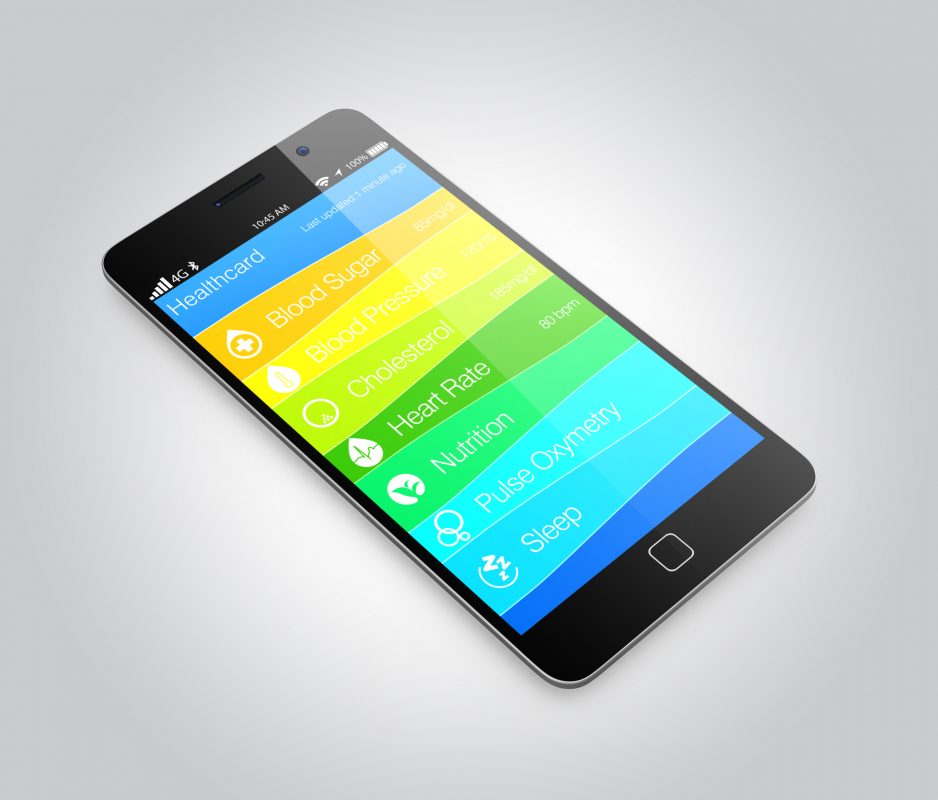Paul Rice, Head of Technology Strategy at NHS England outlines how innovative technologies are helping us to lead healthier and more independent lives.
Information technology is playing an increasingly pervasive and enabling role in many aspects of our lives, in a host of different ways. It keeps us connected to our loved ones as we video call on Skype or Facetime, blog, connect via social media or share the vivid highlights of our day via Facebook and Instagram. This coming Christmas is expected to see a boom in sales of wearable biometric devices as the new Apple Healthkit suite and Fitbugs, and Fitbits flood into the consumer market, providing detailed data to the user about their general health and fitness and more specific insights into such things as sleeping patterns, body mass index or resting heartbeat. When insight converts to ambition and commitment it is anticipated that more of us will adopt health seeking behaviours and alter our diet and exercise patterns.
For the engaged and connected the internet provides access to a huge amount of expert information from a multitude of professional disciplines. It also enables us, as individuals, to strike up conversations and establish relationships with people we identify with, and whom we share characteristics and experience. “Apps” provide a plethora of information and resource in handy bite-sized chunks extending our ability to personalise our support networks and build self-care competencies.
What is the relationship between these opportunities and capabilities, our health and care system, the NHS, and in particular the experience of the elderly or vulnerable?
The term telehealth has emerged over the last decade to describe a range of interventions and activities where the health and care system has actively engaged with the potential of information technology to eliminate some of the limitations of time and distance. It also encompasses the ability of the individual to capture, track and trend biometric information, about their health status and wellbeing, on the move or at home in a manner that previously wouldn’t have been possible outside of the 4 walls of a hospital.
Why has this become so important?
Growing numbers of people with multiple conditions are living longer and resources to support their continued wellbeing are increasingly stretched. Health and social care professionals are expert resources that need to be targeted at those most vulnerable at precisely the right moment. The very experience of travelling for face to face consultation with a health or care professional can be burdensome for patients and their carers, particularly where underlying poor health or a specific feature of their condition (impairment, mobility, cognitive difficulties) makes travel challenging. Through innovative use of technology a consultation can be undertaken between clinician and patient via video link without either of them having to move location. The range of expertise that can be accessed is determined by the skills and experience of the available professional. Increasingly educational and rehabilitation content – for example pulmonary rehabilitation advice and support for patients with Chronic Obstructive Pulmonary Disease (COPD) can be offered remotely. The application of this technology is also not limited to physical ailment or disease. An increasing range of mental health services, covering psychological advice, support and treatment are being delivered by this method too.
In addition to connecting to professional or “expert patient” resources remotely, when an individual uses a biometric or telemonitoring device the clinician has continuous access to an extended range of key data – “vital signs” – and insights – how am I feeling today? Having determined, on the basis of this information, and their knowledge of the patient’s history, whether they are stable or deteriorating, the clinician can intervene proactively, advise them to alter their medicines’ regime. They can rapidly schedule a face-to-face contact where an immediate and severe need has been identified. The patient too, with appropriate education, can become more aware of the impact of the decisions that they make on their health and wellbeing; this may encourage them to modify their lifestyle decisions accordingly.
The common thread that joins these new models of care is that digital technologies are necessary but not sufficient. On each occasion they deliver the potential to organise services and engage patients and the wider population in a more personal and consistent way, both in managing disease and sustaining independence.
For the individual to experience a greater level of control and self- determination the professional patient relationships has to be rooted in collaborating and co-creating health and wellbeing. The current generation of frail vulnerable elderly can benefit from being connected to the community around them, friends and family as well as health and care professionals, enabled as appropriate by technology. They may benefit from specific simple innovations based in the home that directly protect them from environmental risk, the threat of fire or flood, or alert others where they wander unsafely.
These telecare technologies, including simple pendant alarms, may provide much needed reassurance. With appropriate support and as user centred design and consumerism makes the technologies themselves increasingly intuitive and easy to use there is clear potential, as detailed earlier, for their introduction across the generations. As “digital natives” move into their mature middle years there is a building expectation that service models will be sufficiently flexible and designed around the needs of the individual. This is coupled with increased awareness that individuals and communities want and need to take a bigger stake in managing their own health and wellbeing. Information technology can play a huge part in releasing this untapped resource.
The NHS has signalled in its Five Year Forward View document that the NHS needs to evolve to meet new challenges and adapt to take advantage of the opportunities that science and technology offer. An engaged relationship with patients, carers and citizens promoting wellbeing and preventing ill health is a prerequisite for this and information technology and telehealth can play a crucial role in realising this ambition.
The National Information Board recently launched the Personalised Health and Care 2020 framework – more info can be found here https://www.gov.uk/government/news/introducing-personalised-health-and-care-2020-a-framework-for-action
Paul Rice
Head of Technology Strategy
NHS England











